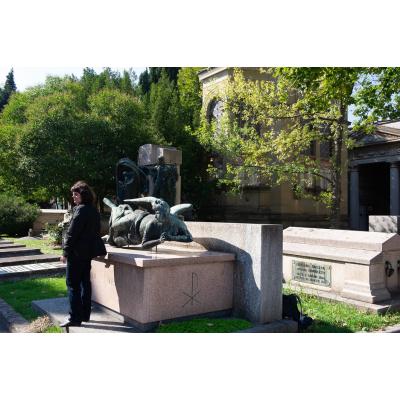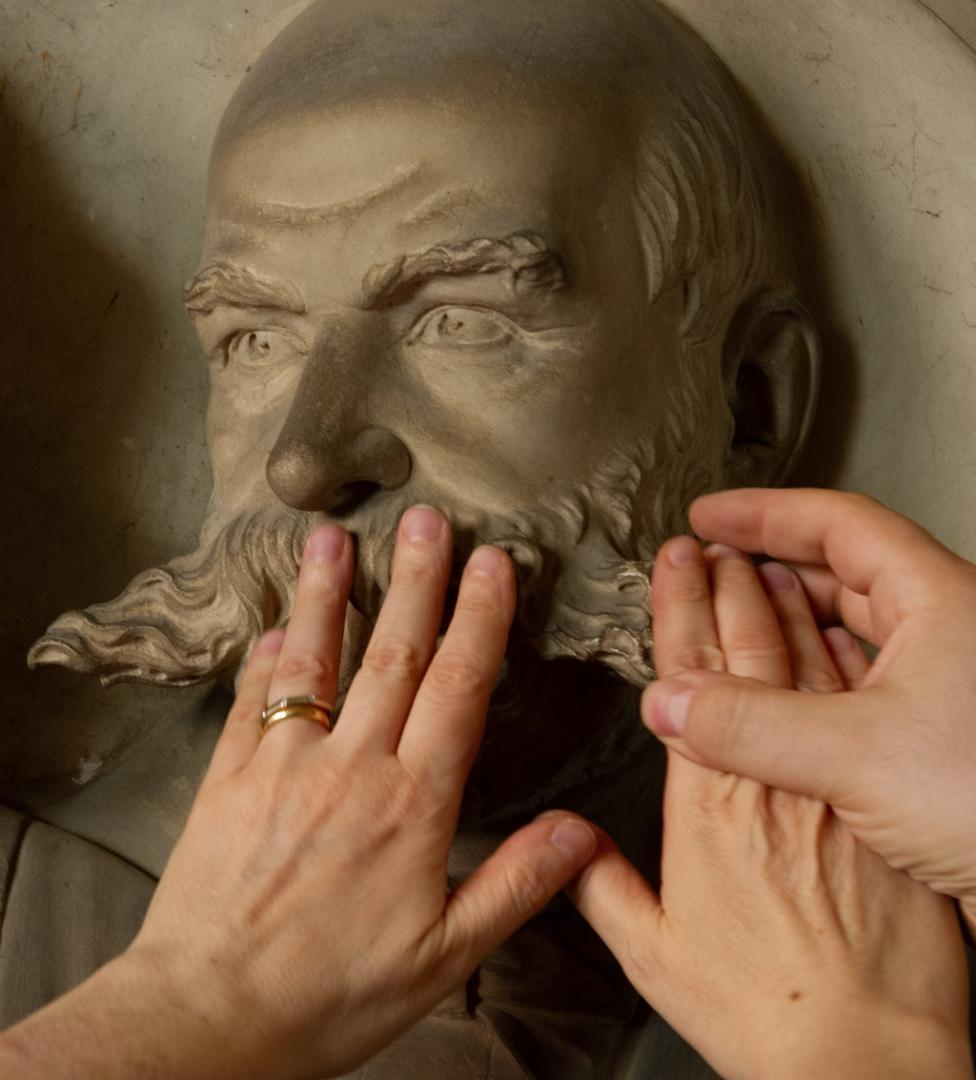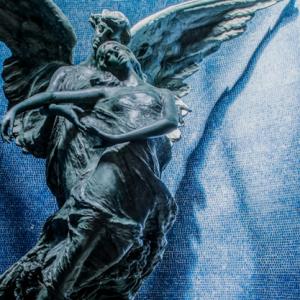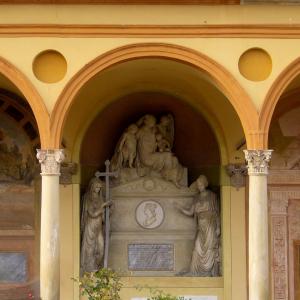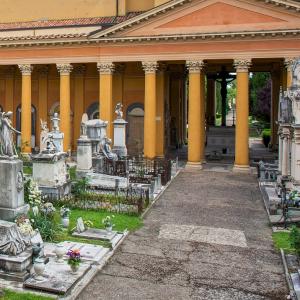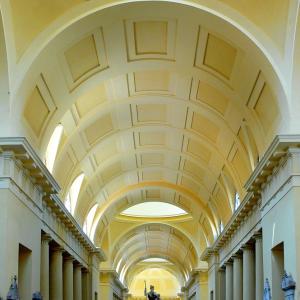Schede
Museum accessibility mapping project. This project on museum accessibility is promoted by Comune di Bologna in collaboration with Istituzione Bologna Musei and local associations selected for their long-time experience in the field of motor, sensory and cognitive disability. First of all visits to the city museums have been arranged to test their accessibility to visitors with disabilities. The resultant Accessibility Map was meant to collect, organise and share information on how accessible each Civic Museum is; all information has been published on the museum website. More specifically, the accessibility of each museum with regard to spaces and collections is described in detail on the museum website according to three different kinds of disability (motor, auditory and visual). A unique and updated information system is now available to visitors and tourists with temporary or permanent disabilities. Furthermore, a series of aids and services were provided to make museum spaces and collections more accessible to visitors with special needs. Finally, inclusive types of visit are now available in three experimental museums, selected for their different users and structural characteristics: the Certosa cemetery, the Medieval Civic Museum and the Museum of Industrial Heritage.
- For accessibility for the deaf, click here
- For accessibility for the blind or visually impaired click here
Accessibility for persons with motor disabilities - Mobility aids available for moving inside and outside: manual wheelchair – electric cart
Information centre - The paving at the entrance is smooth and even. The entrance without steps has a 80 cm wide door, which is quite heavy and can be opened manually. But it’s always open. Standard accessible toilets.
Interior - Beyond the entrance, to the right you find an information centre also opened on Saturdays and Sundays by an association of volunteers, Amici della Certosa (Friends of Certosa). The desk is 120 cm high.
Suggested tour - Considering how large Certosa di Bologna is and the kind of ground on which it was built, not all areas can be easily reached. Here below we suggest an accessible tour that takes you to the must-sees. Visitors in wheelchair or with reduced mobility are warmly advised not to use the entrance on via della Certosa 16, which leads only to Closter IX. From the main entrance on via della Certosa 18 along the covered walkway (portico) on the left you find a church with a 94 cm wide door. You can go inside by a wheelchair ramp with a slope of less than 20%. Going further along the covered walkway (portico) to the left you arrive at Cloister I with the room of the Pietà. You can enter the room climbing two approx 18 cm high steps without any aid. Further along you find the Pantheon which you can enter by a wheelchair ramp with a slope of about 34%, provided with a 120 cm high handrail each side. Going further under the covered walkway (portico), through a quite difficult passageway (a bumpy concrete ramp) you arrive at Cloister III. To the right you find the Galleria degli Angeli (the Gallery of Angels) and then Cloister VII which you can enter by a short wheelchair ramp with a slope of about 30%. After having arrived at the Colombario, visitors in wheelchair or with reduced mobility willing to go to Carducci’s field with the graves of famous Bolognese like the singer and songwriter Lucia Dalla, the poet Carducci and the painter Morandi are advised to go back to the Church Courtyard, turn left as far as the campo degli Ospedali (the field of the Hospitals) and go down to the Campo Carducci (the field of Carducci). From here you can reach Cloister VI and the attached gallery which houses the Cella Magnani (the Cell of Magnani). To get out, visitors in wheelchair or with reduced mobility have to return the same way.
Parking - In via della Certosa 18, just in front of the main entrance, there are 5 parking places reserved for disabled visitors. Parking permits have to be displayed.


